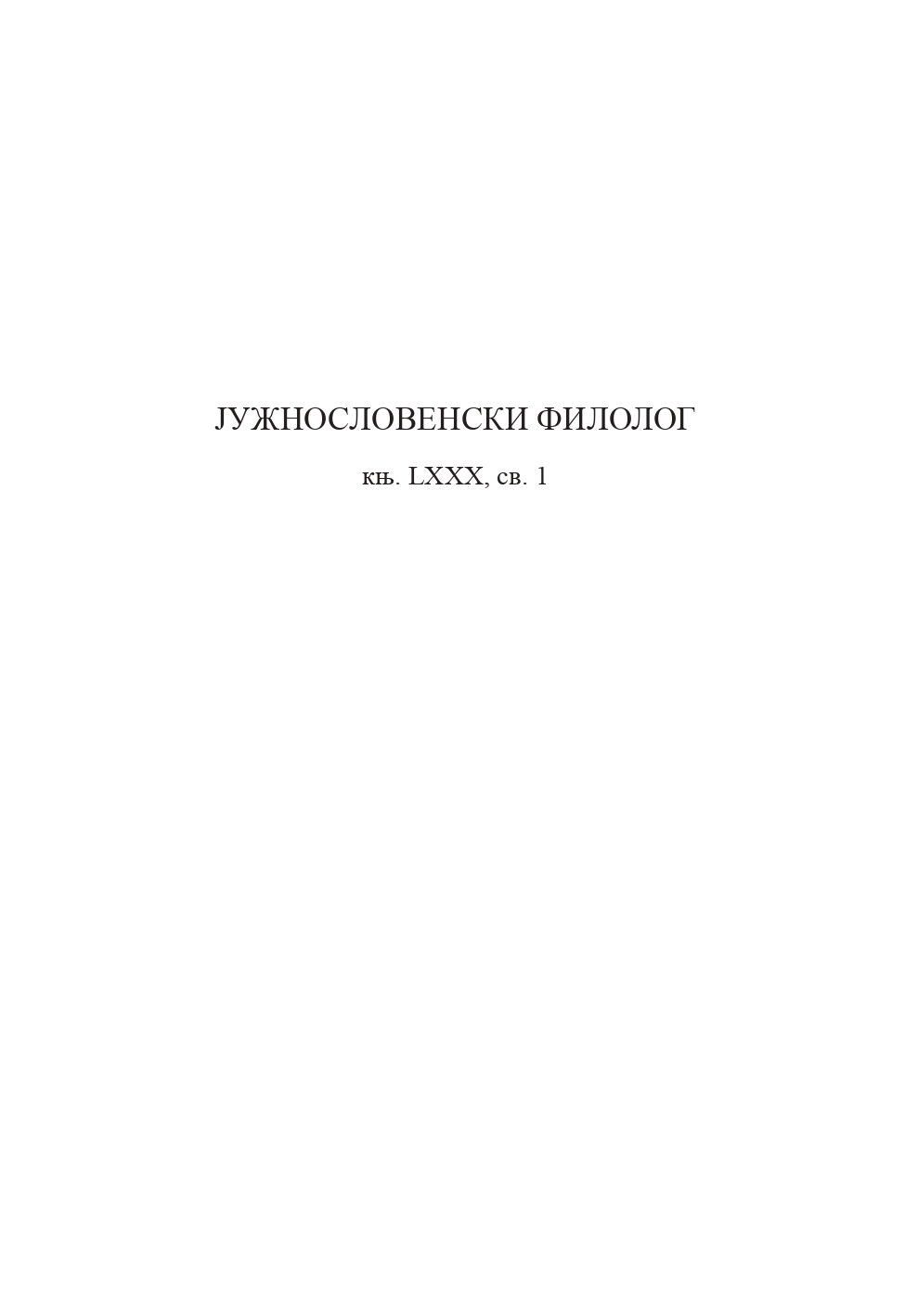РУССКОЕ ПРОСТОРЕЧИЕ ВТОРОЙ ПОЛОВИНЫ ХIХ – ПЕРВОЙ ПОЛОВИНЫ ХХ ВВ.
THE RUSSIAN VERNACULAR FROM THE SECOND HALF OF THE 19TH TO THE FIRST HALF OF THE 20TH CENTURY
Author(s): Alexander N EreminSubject(s): Language studies, Language and Literature Studies, Theoretical Linguistics, Lexis, Semantics
Published by: Институт за српски језик Српске академије наука и уметности
Keywords: Russian language; vernacular; literary standard; lexical semantics
Summary/Abstract: The article considers two issues: I) the content and history of the term “vernacular”, II) non-linguistic and linguistic reasons for the formation and transformation of the vernacular into a common substandard. The author believes that vernacular is a natural non-literary, everyday, generally understandable form of existence of the national language – i.e. speech, which is characterized by a signifi cant and immanently conditioned representation of vernacular lexemes, accentology, morphological and grammatical forms, etc., which functioned in large cities, primarily Moscow and St. Petersburg (Leningrad), from about the second half of the 19th century until the 1970’s. The vernacular basically contains an interdialect. The functioning of the vernacular was associated with the growth of the urban population in large cities. This population, representing the majority of peasants from diff erent regions of Russia, used an interdialect, or vernacular, for communication. On the periphery of this sublanguage, there were various kinds of interference from the jargons and nominations-localities of the city. The vernacular had linguistic features at all levels of the language, but above all at the lexico-semantic level. Since about the 1970’s, under the infl uence of education and improved means of communication, it began to transform. Today, its place is taken by interjargon, which in linguistics is called “common substandard” (Еฺฯึาื 2001), “common jargon” (Еฺึสิุฬส et al. 1999), “vernacular-2” (Кฺๅาื 1998), etc. The vocabulary of the old vernacular has partially gone into the passive language stock, or has moved to the periphery of the new general substandard.
Journal: Јужнословенски филолог
- Issue Year: 80/2024
- Issue No: 1
- Page Range: 55-68
- Page Count: 14
- Language: Russian

